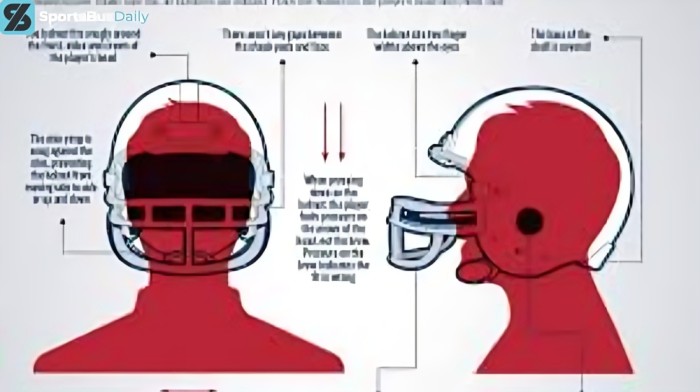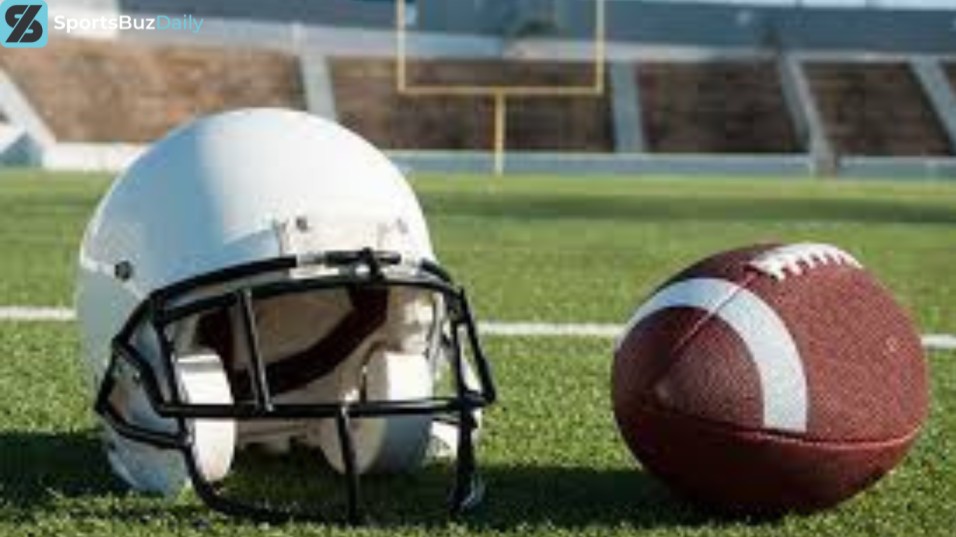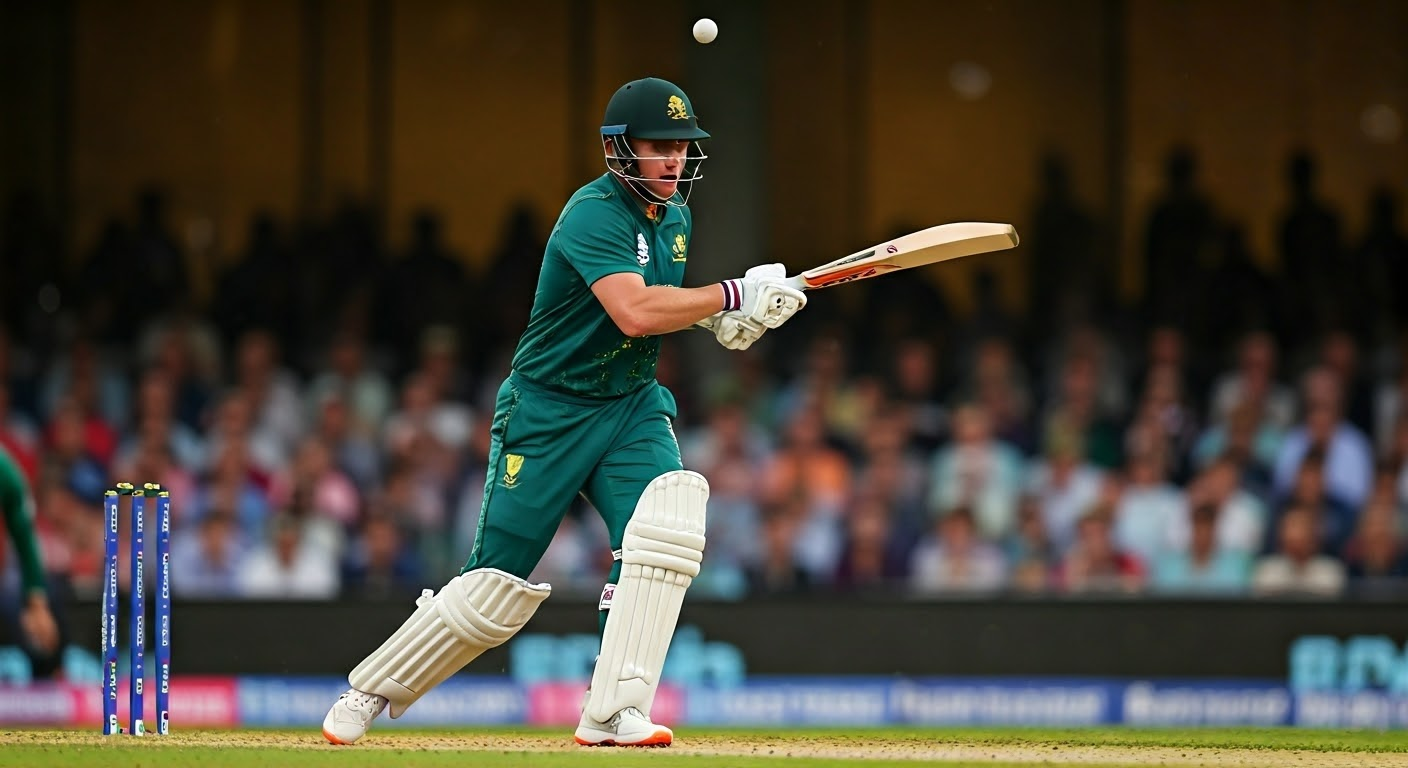Introduction
At the end of the day, football is a safety first sport. The football helmet stands out among the essential gear that players wear as a piece of equipment designed to protect athletes mainly from head injuries. But how exactly did this sought-after item originate and what makes it function so well? ~ In this article, we will be discussing an interesting topic about Football Helmets a brief overview of the history up to date including components, technology advancements & more associated with them.
The Football Helmet’s History
Well, for football, players had little or no protective gear in the early days and incurred a lot of injuries. Football helmet design first began in the 1890s The introduction of leather helmets represented the very beginning of how players would protect themselves when playing for football. The NFL began requiring the use of helmets in 1930, but it was not until the mid-1960s that they became easier to manufacture and thus more widely used. Since then, helmet design has changed quite a bit-leather helmets were abandoned in favor of hard plastic shells during the 1940s and have since included new materials and features to increase safety as well as all-day comfort.
Parts of a Football Helmet

Outer Shell
Polycarbonate – this strong and impact resistant plastic is often the outer shell of a football helmet. The hard outer layer helps to absorb the force of impacts, which in turn decreases chances of fractures or skull risks.
Inner Padding
A mixture of foam and padding products use to give comfort, ease in wearing the helmet and extra protection. The padding serves to dampen force and help the helmet fit in such a way that it does not shift during play. Padding, often vinyl nitrile or expanded polypropylene for padding because of its cushioning qualities.
Face Mask
The helmet’s front-oriented face mask protects the rest of the wearer’s mug while keeping that all-important view unobstructed. Constructed from metal or high impact plastic, face masks feature a variety of design depending on the player’s position and preferences. Linemen, for example, might wear heavier masks with extra bars to provide added protection.
Chin Strap
The helmet is kept in place by use of a chin strap to prevent it from moving or falling off during play. Modern chin straps usually come with adjustable things and cushioning for convenience, creating a snug as well good fit.
Visor
The visor is not standard, but most players choose to wear one as it helps protect your eyes from glare, dirt and impacts. Visors are usually constructed from clear, shatterproof plastic or possibly a colored material as it is worn by each player on his helmet.
Football Helmets And The Future of Technology

Impact – absorbing technologies
The last few years have delivered some major improvements in helmet technology, which has been engineered primarily to help the shell better absorb and disperse landing forces (NASA). For example, Riddell’s InSite technology has sensors that measure impacts and generates data that could help determine when a player is being affected by concussion. Xenith helmets also feature an Adaptive Fit system that customizes the fit to individual head shapes.
Smart Helmets
Football Helmet Smart Technology Integration Means Safer Players Include sensors that can detect collisions and send data to coaches / qualified staff. Real-time monitoring like this can inform faster response to threat of injury, something that could be crucial in prevention of concussions and other harmful conditions.
Standard Certifications of Helmet Safety
NOCSAE Standards
In the United States, safety standards for football helmets are set by The National Operating Committee on Standards for Athletic Equipment (NOCSAE). Such standards are designed to ensure that helmets can effectively protect against the types of forces most commonly encountered in football.
Testing and Certification Tests
All football helmets must pass NOCSAE standards before they are able to reach the market. Such departments may include those in charge of impact testing, durability tests and helmet-fitting comfort assessments. Helmets that meet the required levels of protection after undergoing these tests will then be certified for player use.
Football Helmet to pick
Fit and Comfort
It is essential to go for the best helmet that provides safety with good performance. A properly fitting helmet will not move on the head or cause any discomfort. Players can measure their head to determine the correct size, use a manufacturer’s sizing chart similar to what priornce() does!
Position-Specific Helmets
Indeed, some positions may require a different helmet than others. A quarterback may want a helmet with no bars on the facemask to increase his field of vision, while linemen would typically choose one that offers better protection.
Brand and Model Selection
A number of well-regarded brands like Riddell, Schutt and Xenith have helmets available with different options. When choosing a helmet, it is important to take into consideration what the player needs from that particular piece of head protection such as how much defense, comfort and wallet hassle they are willing commit.
How to Clean and Care for Your Football Helmet
For a football helmet to always be in its best condition, it must correctly stored and cleaned regularly. Routine cleaning of the helmet and visual inspection for evidence of damage such as cracks to the shell or worn padding form a part of this requirement. So, helmets need to be replaced every few years and as soon as you take a good hit.
The Whole Helmet Story(conussion prevention)
Football helmets are engineered to prevent a multitude of head injuries, even concussions but it is key that you know what they cannot do. However, helmets may decrease the possibility of head injuries but cannot prevent them completely. As such, players and coaches – as well the medical team -none-the-less must be vigilant to act if they suspect a concussion.
The future of the football helmet
Research and innovation into the future of football helmets seem promising surrounding improving player safety. New areas include the Associate of Visual reality and AI, which helped to create helmets devoid of any impacts. In addition, improved materials could also result in lighter helmets that provided increased levels of protection.
FAQs
How Often Should You Replace a Football Helmet
Football helmets need to replaced usually every 5-10 years, or before if necessary due to damage of wear and tear.
A football helmet keep any head injury away?
Though helmets do reduce the chance of head injuries, they don’t prevent all types of injury, especially concussions. Good technique is key, and you must remain vigilant.
How Do I REALLY Know if My Football Helmet is the Right Size?
A helmet that is properly fit should sit level on the head, it is snug and does not move up or down during play.
Is there even youth player helmets?
Sure, there are helmets designed for youth players (lighter, smaller head size).
What Are My Options If the Helmet is Damaged?
Repairs should be made by a qualified professional if there is visible damage, such as cracks or broken parts -to ensure safety.






